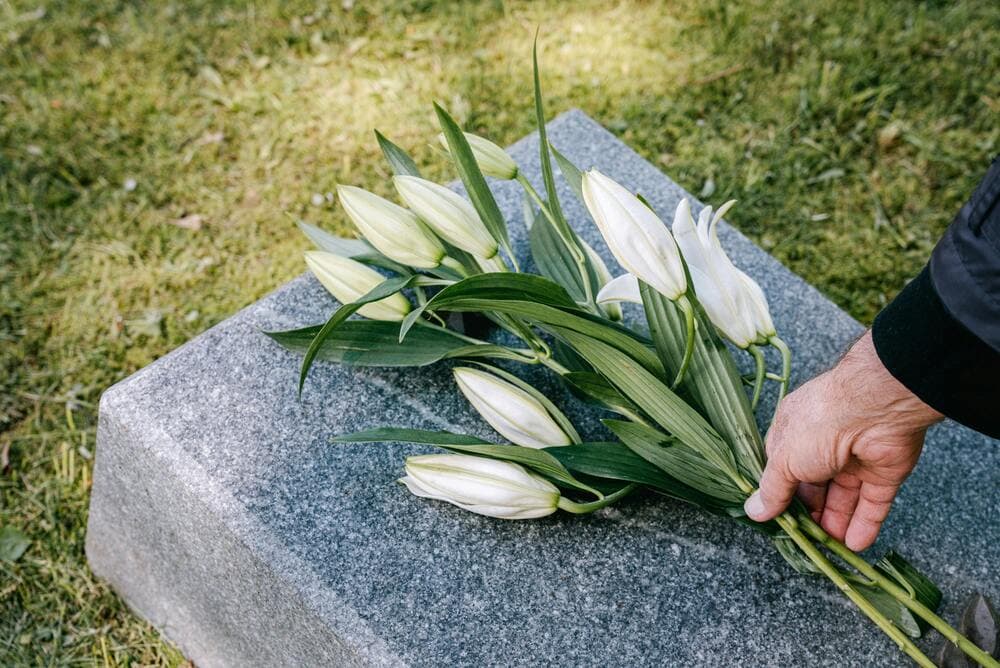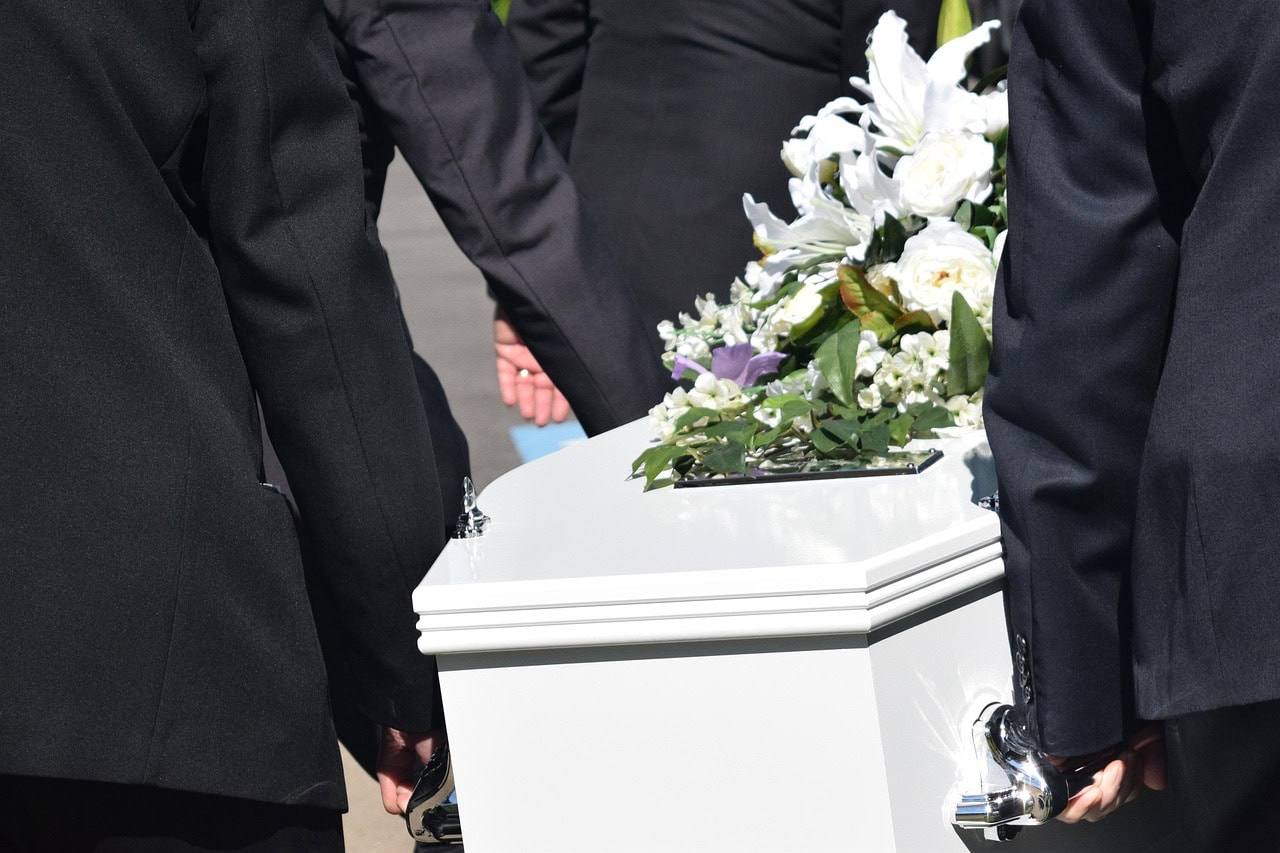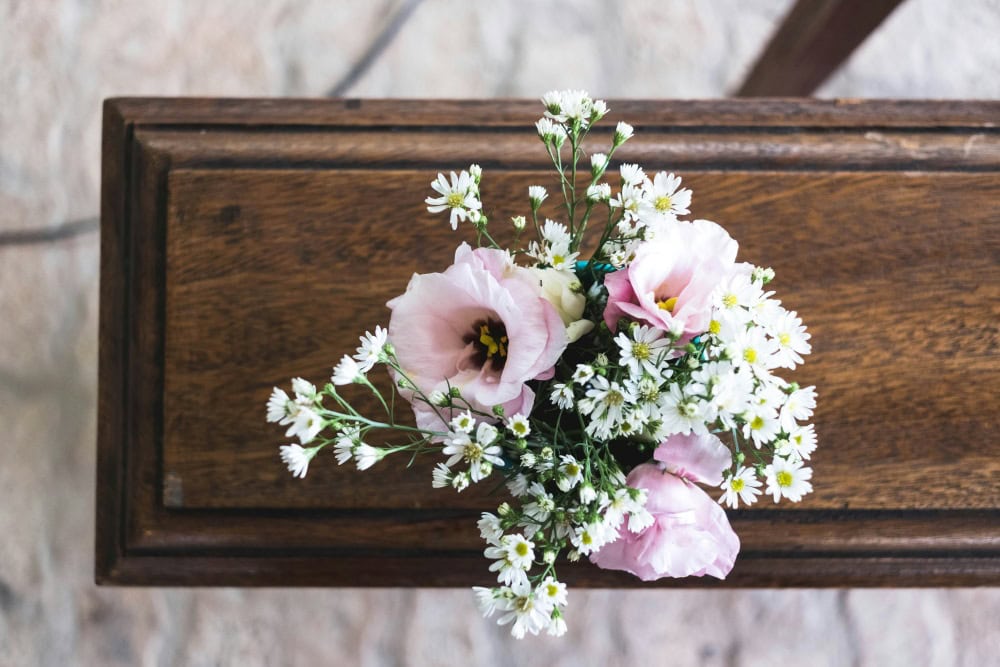
As Singapore is a multi-racial and multi-cultural country, it is not uncommon to have questions on how one should be appropriately dressed, behave, and if there are any traditional customs to adhere to or avoid when attending a funeral wake.
It is always better to have some basic understanding on the different culture religions and traditions before attending a funeral wake. After all, who would want to risk making any mistakes and unintentionally showing any disrespect or lack of empathy as a funeral visitor towards the deceased and the bereaved family.
This article is meant to serve as a quick guide, but not an exhaustive list, to help you understand what the basic rules of etiquette are for attending a funeral wake in Singapore.
Funeral Dress Code
We must take note that due to the different races, culture religion and tradition customs in Singapore, there are certain acceptable and unacceptable dress codes for attending the funeral wakes of different races.
Chinese Funeral Dress Code
When attending a Chinese funeral wake, our attire displays our respect for the deceased and the bereaving family. It is only appropriate that visitors to a funeral wake be dressed neatly and conservatively in sombre colours or muted shades such as white, black, or dark blue.
Avoid bright colours, especially red and yellow, as these colours are associated with happiness. Avoid any display of wealth such as wearing jewellery or accessories.
Malay Funeral Dress Code
All visitors attending a Muslim funeral wake are to be expected to be dressed modestly in white or dark colours and clothing should be high neck, long sleeves, and cover until at least the knees. Clean socks are to be worn as shoes are to be removed before prayer. Women are encouraged to wear a headscarf.
Indian Funeral Dress Code
It is preferred that both men and women attending an Indian funeral wake be dressed in casual wear, preferably traditional and not modern, covering their arms and knees, in the colour of white, and avoid the colour black. Having the heads covered are part of the Hindu custom and wearing open-toes shoes are allowed. It is acceptable for women to be wearing jewellery however it should be kept simple and not overly flashy as to avoid unwanted attention.
Condolence to the Bereaved Family
Keep in mind that grief affects everyone to react and cope differently therefore you do not judge how the bereaved talk and express their grief. Be sympathetic, have patience, listen with compassion, and acknowledge the bereaved person’s pain and loss. Doing so will help remind the bereaved that they are not alone and that they have you by their side during this difficult grieving period.
Expressing Condolences
Expressing condolences to the mourners, grieving family members and friends when a loss happens can be difficult and sensitive as there are no words or gestures that seem comforting enough to fill the void created by that loss.
Be the most considerate, courteous, genuine, and kind when expressing condolences in our own words.
There are a few considerations we need to think about when choosing on how we would offer our condolences to acknowledge a loss, showing our sympathy, and empathizing with the grieving person’s pain.
Consider your relationship with the deceased and grieving person
- What is your relationship, and how close are you with the griever?
- What was your relationship, and how close were you with the deceased?
- Are you an extended family member with deceased and griever?
- Are you a very close co-worker, good friend, or causal friend with the griever?
- Were you a close co-worker, good friend, or causal friend with the deceased?
Appropriate methods of offering Condolences to the Bereaved Family
There are different ways to express your sympathy and condolences such as:
-
Your words and physical presence
Expressing your sympathy and empathy in person through your words and physical presence especially if you are very close with the bereaved loved ones. Your presence may be the most valuable support you can provide to someone who is going through an extremely difficult time.
-
Condolence wreath flowers
Expressing your sympathy and empathy by sending a traditional condolence gift to the home or funeral wake. The most common traditional condolence gift is sending Wreath Flowers as a token of respect and compassion, and the intention of the wreath flowers is to bring a sense of comfort to the bereaved loved ones during this difficult period.
However due to religious preferences, do find out what the religious customs are and if flowers are appropriate.
-
Sympathy food basket or Sympathy Meal
You can also prepare a Sympathy food basket or a Sympathy Meal, especially a simple home-made meal for the bereaved loved ones. Sympathy meals as a condolence gift is a unique, and affordable way to express your condolences through food sharing.
-
Monetary gift
Funerals can be expensive especially for families who are struggling financially, and a gift of money can be practical and useful for the bereaved family members. These monetary gifts can be in the forms of cash, vouchers, or gift cards and there is no fixed minimum or maximum amount.
It is a very common tradition to offer money, known as ‘white gold’, at a Chinese funeral. The ‘white gold’ is preferably in odd numbers such as $30 or $50 and is placed in a white envelope which will be given to the bereaved loved ones at the funeral reception. Avoid red envelope as it is a colour associated with happiness and is not appropriate for a funeral wake.
-
A Sympathy card or message
A sympathy card or message should be written by hand. It is better not to send condolences messages in the forms of text messages or emails. Sympathy messages can be kept short and to the point, respectful and not intrusive. A sympathy card can be accompanied by other gifts such as wreath flowers, food basket, money, or anything that is meant to offer comfort and support to the bereaved loved ones.
-
Gift of Service
A gift of service can be given in the form of hiring a professional housekeeping cleaning service so that the bereaved can take the time needed to grieve and heal without having to manage daily household chores.
It can also be given in the form of offering to look after the young children while the bereaved need to have some alone time to grieve or to have a meeting with the authorities for settling legal matters.
Paying respects at a funeral wake
-
Introduce yourself
Be sure to introduce yourself and what your relationship was to the deceased if you knew the deceased but not the bereaved family. Go directly to the bereaved family to offer your condolences before joining the mourners.
-
Keep your visit brief
Keep in mind that you are attending the funeral to express your sympathy and condolences to the bereaved family and not there to catch-up on old times. Unless a member of the bereaved family member requested for you stay behind and help out with some minor errands.
The length of time you spend at the funeral wake may also depend on your relationship to the bereaved family members. If you are very close with the bereaved family member, you might want to stay for a longer period to offer your presence and support.
It would be best to check with the bereaved family member before attending the funeral wake if there is anything you can offer your help with. Such gesture will usually be appreciated even if there is nothing for you to be of help at the funeral wake.
-
Bowing and joss sticks
For a Chinese funeral wake, a family member of the deceased will pass you the burn joss sticks to pay respects to the deceased. Holding the joss stick is optional therefore if you are not accustomed to holding a joss stick, simply bowing your head with respect is sufficed. Bowing in front of the altar at the funeral wake is accepted as a standard behaviour regardless of religious beliefs.
-
Taking your children with you to visit a funeral wake
It may not be appropriate for children who are still very young to be attending a funeral service as they might not understand what is going on and may be disruptive during the solemn service. Do consider on how immediate bereaved family will feel if your child becomes fussy.
If your child is old enough to understand death and comprehend loss, never force, and give the child a choice if they want to attend the funeral wake or not. It is also important to validate their feelings and show respect for their thoughts.
-
Crying at a funeral
Crying is a perfectly normal response. Avoid making a scene and politely excuse yourself by quietly leaving the funeral for a few moments if you find yourself crying uncontrollably. The focus should be to comfort the grieving bereaved family members therefore it will be awkward for the bereaved family and mourners to console you instead.
-
Mobile phone
Put your mobile phone on silent before walking into the funeral wake. Having the phone ring and answering the call during the funeral service is disruptive and could be seen to be very disrespectful.
-
Taking photos at the funeral and posting on social media
It may be tempting to take photos and document the funeral services just as with any major life event. However, taking any photos at a funeral unless given permission by the deceased family member can come across as being disrespectful.
Refrain from posting on your social media about the funeral wake as this could be viewed as insensitive and a violation of the bereaved family member’s privacy.
-
Leaving the funeral wake
Do not leave the funeral in the middle of a praying ritual. Wait for the praying ritual to end and inform the bereaved family that you are leaving. Before leaving the funeral wake, visitors will be offered a piece of red thread to be tied loosely around one of your fingers and let it slip off before you reach home. The red thread is believed to ward away the perceived possibility of bad luck that may be associated with the attendance of a funeral wake.
-
Stay in touch
Offering your condolences and support to the bereaved who is going through a challenging period of loss and grieve should not end when the funeral wake ceremony does. The bereaved may wish to have someone there for them after having some alone time to cope with their experiencing of losing a loved one.
Stay in touch with a follow-up sympathy phone call, message, or personal visit to see if there is anything they need help with.
Grieving is a process, and every individual requires different amount of time to heal.


